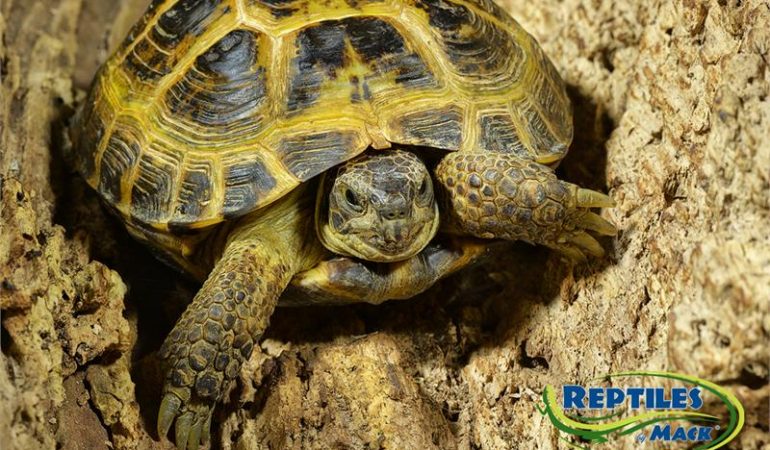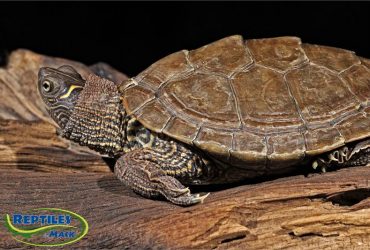Russian Tortoise Care Sheet
Scientific Name: Testudo horsfieldii
Native to: Russia, Ukraine and Pakistan
Maximum Length: 10 inches
Life Span: More than 40 years
Characteristics:
Russians Tortoises can make a great addition to your house or back yard. When keeping your Russian outdoors make sure you have plenty of shade and soil available for burrowing. Russians are excellent diggers. Russians will dig burrows to keep warm in cooler weather as well as to hibernate during winter months. Their small size and active nature make these tortoises an excellent reptile pet.
Care Tips:
Enclosure: House your Russian Tortoise in a enclosure that is big enough for the tortoise to move around in freely. A 20 gallon or larger terrarium is recommended for a single adult tortoise. You may also keep your Russian Tortoise outdoors if the weather is similar to their natural habitat. (Draw a line across the United States from North Carolina, Oklahoma, central Utah, to Central California. Below this line is safe for Russian Tortoises outdoors if the proper enclosure is offered and if special needs are met in the winter time.) If housing outside, make sure the cage is secure. Russians love to dig and can escape under fences. Also, be careful if you have predators such as foxes, cats, dogs, birds, and even fire ants in your yard or that visit your yard.
Substrate: You can use cage carpet as well as 1/2 sand and 1/2 peat or coconut fiber, rabbit pellets or alfalfa hay as a substrate. Rabbit pellets and alfalfa help keep odor down and provide another food source for your tortoise.
Habitat: Russian Tortoises can be kept indoors or outdoors if temperatures permit. Provide a variety of shrubs, weeds, and wildflowers to offer them a safe resting spot and to provide some additional food.
Temperature and Lighting: Daytime temperatures should be around 75-85° F. Nighttime temperature should be 60-75° F. Keep the humidity very low. When kept inside use a fluorescent light for 12 hours during the day. At night allow a dark and cooler period. You can use a low wattage red bulb for viewing your tortoise at night.
Food and Water: Russian Tortoises eat fresh, fibrous vegetables. Dark leafy greens and grasses as well as alfalfa hay should make up a large portion of their diet. Feed them a large diverse salad three or four times a week. Keep fruit to a minimum. The sugars in fruits can give your tortoise digestive problems. Also avoid meat based food. Sprinkle their salad with a vitamin and calcium powder supplement once a week. Provide a large, shallow water bowl with non-chlorinated water or spring water. The water depth should be about 2” or to the level where the tortoise’s plastron (bottom shell) and carapace (top shell) meet on the side of the tortoise. Tortoises use their water to also keep their nose and eyes clean as well as to regulate body temperature and to eliminate waste. Change their water often.
To download or print this care sheet – Click link: Russian Tortoise Care Sheet
[metaslider id=3912]



